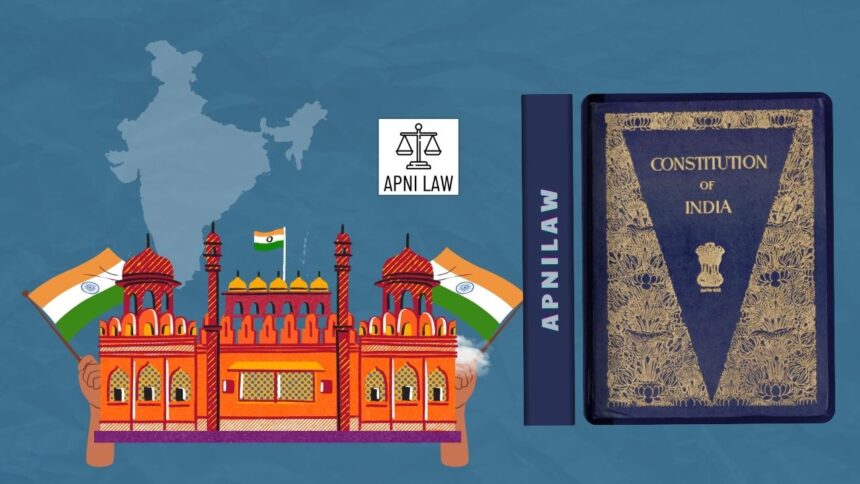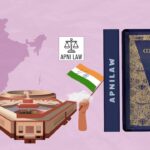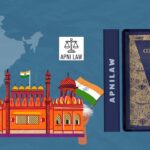What Is An Ordinary Bill?
An Ordinary Bill is the most common type of legislation considered by the Indian Parliament. It deals with matters other than financial issues or constitutional amendments. Any minister or any private member of Parliament can introduce this bill in either House. It can start in the Lok Sabha or the Rajya Sabha, and both Houses must pass it for it to become a law. The procedure followed for an Ordinary Bill ensures careful discussion, detailed examination, and democratic participation at every stage. This process reflects the parliamentary commitment to transparent, inclusive, and accountable lawmaking. The journey of the bill includes multiple readings, committee scrutiny, debate, and voting before it ultimately reaches the President for assent.
What Happens During The First Reading?
The First Reading marks the formal introduction of the Ordinary Bill in Parliament. At this stage, the minister or member responsible for the bill seeks permission to introduce it. Once permission is granted, the title, objectives, and key purpose of the bill are read out in the House. The introduction is brief and does not involve debate or discussion. After the formal presentation, the bill is published in the Official Gazette. This publication allows members of Parliament, experts, and the public to access the contents of the bill. The First Reading sets the stage for more detailed analysis during the subsequent stages, but it does not involve any decision-making or clause examination. It is the procedural doorway through which the bill enters the lawmaking framework.
What Happens During The Second Reading?
The Second Reading is the most comprehensive part of the legislative process. It includes extensive discussion, critical analysis, and detailed examination of the bill. The Second Reading begins with a general discussion. Members debate the principles, purpose, and wider impact of the bill. They examine whether the proposed law addresses the intended problem effectively and whether there could be better alternatives. This discussion shapes the early opinion of the House.
After general discussion, the bill moves to clause-by-clause consideration. Each clause is examined separately. Members can propose amendments to modify, remove, or add provisions. These proposed changes are debated and then subjected to voting. This stage ensures that every part of the bill receives attention. The clause-by-clause review helps refine the bill and makes it more precise and practical.
The bill may also be referred to a Select Committee or Joint Committee. This committee stage is optional but often used for complex or sensitive bills. Committees study the bill in depth, consult stakeholders, hear expert opinions, and prepare a detailed report with recommendations. The House considers this report during later debates. Committee review improves the quality of legislation by adding expert insight and balanced viewpoints. The Second Reading provides the most significant opportunity to shape the content and direction of the bill.
What Happens During The Third Reading?
The Third Reading is the final stage of consideration in a House. At this point, the bill has already undergone detailed scrutiny. Members now debate the final form of the bill. The discussion is limited and focuses on whether the bill as a whole should be approved. Members cannot propose further clause amendments during this stage. They can only express support or opposition to the final draft. After the debate, the bill is put to vote. If the House passes the bill, it moves to the other House where the same three readings take place. The Third Reading represents the final decision of the House that has examined the bill. It reflects the consolidated opinion formed after debates, amendments, and committee reviews.
What Happens When The Bill Moves To The Other House?
After one House passes the Ordinary Bill, it is sent to the other House for consideration. The second House follows the same three-stage procedure: First Reading, Second Reading, and Third Reading. The second House may approve the bill as it is. If it does, the bill moves to the President for assent. However, the second House may also propose amendments. If the originating House agrees to those amendments, the bill proceeds for presidential approval. The second House may reject the bill entirely. It may also take no action for six months. These situations create disagreement between the Houses. Since an Ordinary Bill requires approval from both Houses, resolving such disagreements becomes essential for the bill to move forward.
How Are Disagreements Between The Houses Resolved?
Disagreement between the Houses may occur if the second House rejects the bill, proposes changes not accepted by the first House, or fails to act for six months. When such deadlock arises, the Constitution provides a solution. The President may summon a joint sitting of the Lok Sabha and the Rajya Sabha. Both Houses meet together for discussion and voting. The bill is considered in this combined session, and members debate it as they would in any ordinary sitting. After the discussion, voting takes place. The decision of the majority in the joint sitting becomes final. Since the Lok Sabha has more members, its numerical strength often influences the outcome. The mechanism of joint sitting ensures that legislative business does not stall indefinitely because of disagreement between the Houses. It upholds the democratic principle of majority decision while preserving the bicameral structure of Parliament.
What Is The Process Of Presidential Assent?
After both Houses pass the bill, it is sent to the President for approval. The President plays a constitutional role in the final stage of lawmaking. The President may give assent, and once assent is granted, the bill becomes an Act of Parliament and takes effect as law. The President may also withhold assent. In such a situation, the bill does not become law. The President may return the bill to Parliament for reconsideration, except in the case of a Money Bill. If Parliament passes the bill again, with or without amendments, the President must give assent. Presidential assent ensures constitutional oversight and prevents hurried or flawed legislation from becoming law before reconsideration. This final step completes the legislative journey of an Ordinary Bill.
For any specific query call at +91 – 8569843472
Conclusion
The procedure for passing an Ordinary Bill reflects the careful, structured, and democratic approach of the Indian Parliament. The process begins with a simple introduction but progresses through extensive debate, detailed clause-by-clause examination, and potential committee review. Both Houses play an equal role in scrutinizing the bill, and disagreements are resolved through joint sittings when required. The President’s assent completes the cycle, ensuring constitutional approval. This detailed system ensures that laws are not made hastily but emerge from thoughtful discussion and collective decision-making. The procedure strengthens parliamentary democracy and maintains transparency, accountability, and public trust in the lawmaking process.








